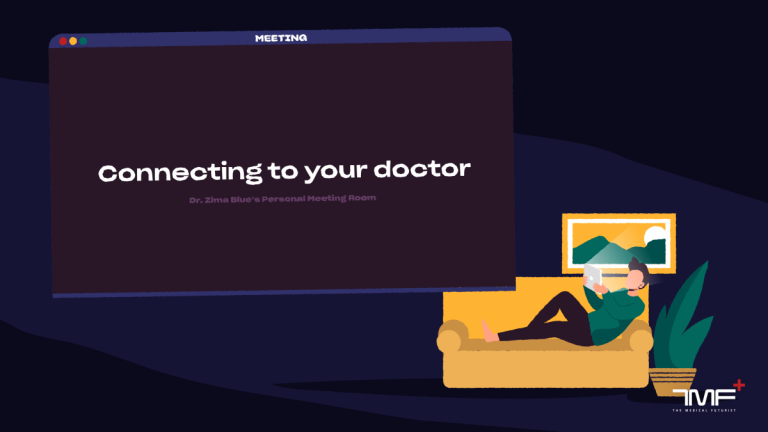In recent years, the term “virtual first” has been gaining traction in the healthcare space. Health insurance companies have been adopting such approaches and there’s even the IMPACT consortium from the Digital Medicine Society that was formed to support virtual first initiatives.
However, the novelty of the concept and similarities with terms such as “telehealth” or “virtual visits” indicate the need for a proper introduction. This is what we aim to do with this article that gets us acquainted with the concept, compares it with other similar approaches and considers some of its challenges.
What is virtual first healthcare?
Originating from the tech industry, “virtual first” refers to experiencing a service primarily virtually or remotely rather than through a traditional centralised physical location. This approach gained popularity amidst the COVID-19 pandemic, with companies like Dropbox adopting such an ethos and this trickled into healthcare delivery as well.
In healthcare, a virtual first approach involves accessing medical care first through virtual means, which can then be supplemented by follow-up in-person visits as necessary (for example, to perform radiological scans). This relies on the functionality and interoperability of digital tools such as video conferencing software and personal health sensors for remote data capture.

Virtual first care characteristics. Source: https://impact.dimesociety.org/
How does it differ from telehealth and virtual visits?
This approach can sound similar to other terms such as telehealth, virtual or remote care but there are some differences. Telehealth is the broader term involving the provision of care remotely via communication technologies and includes services ranging from administration to consultation scheduling. Virtual visit itself is a component of telehealth that involves the virtual doctor-patient interaction.

On the other hand, virtual first healthcare represents more of a hybrid model. It focuses on the first interaction being virtual and combines it with supplemental in-person services to optimise the care delivery as appropriate.
Virtual first care in practice
Currently, virtual first healthcare approaches have been mostly adopted in the US context. Companies such as Wheel and Firefly provide such plans via their virtual care platforms. The UPMC in Central Pennsylvania has also launched such an option. Their virtual-first, full-service primary care clinic ranges from consultations and diagnostics to coaching and nutrition. Their offering has been met with high satisfaction rates among users.
“Virtual-first primary care provides patients with digital access to medical care, as they can consult with a healthcare provider from the comfort of their own home,” said Dr. Salim Saiyed, vice president and CMIO at UPMC Central Pennsylvania. “This is particularly beneficial for individuals such as busy professionals or those in rural or underserved communities, who may face challenges in accessing in-person medical care.”

Consultancy group Mercer also identifies advantages to virtual first care models. These can improve access to care, reduce associated costs, and deliver better quality of care while providing better convenience.
Despite such approaches being mostly adopted by US-based health insurers, the benefits of virtual first healthcare apply to other regions as well. By eliminating associated costs such as transport and improving access to quality care, such models can make healthcare more accessible. This indicates the potential for a more global rollout of such plans or even the adoption of similar strategies by digital health companies.
The growing pains of virtual first healthcare
As a relatively new concept, virtual first care approaches are not devoid of their own challenges. Researchers highlight that virtual first plans are more likely to be adopted by younger and healthier people. This means less health care expenditures and more profit for insurers, rather than bringing meaningful improvements and accessibility of care to those who need it.
“If we choose the universal “everybody in nobody out” system, the virtual-first visit must be made consistent with the values of that patients-first system, and only then, if eventually shown to help rather than to harm, should it be a “virtual-first option”,” said Dr. Robert Vinetz of the California Physicians Alliance.
This valid concern indicates the need for policymakers to better get acquainted with such novel care approaches. In doing so, they can set up the proper guardrails to ensure that for-profit, virtual first health insurance models don’t perpetuate the accessibility divide.
These signs of growing pains for a novel approach are to be expected. But considering the benefits that virtual first models can bring to patients, the challenges should be addressed in a timely manner.
Written by Dr. Bertalan Meskó & Dr. Pranavsingh Dhunnoo